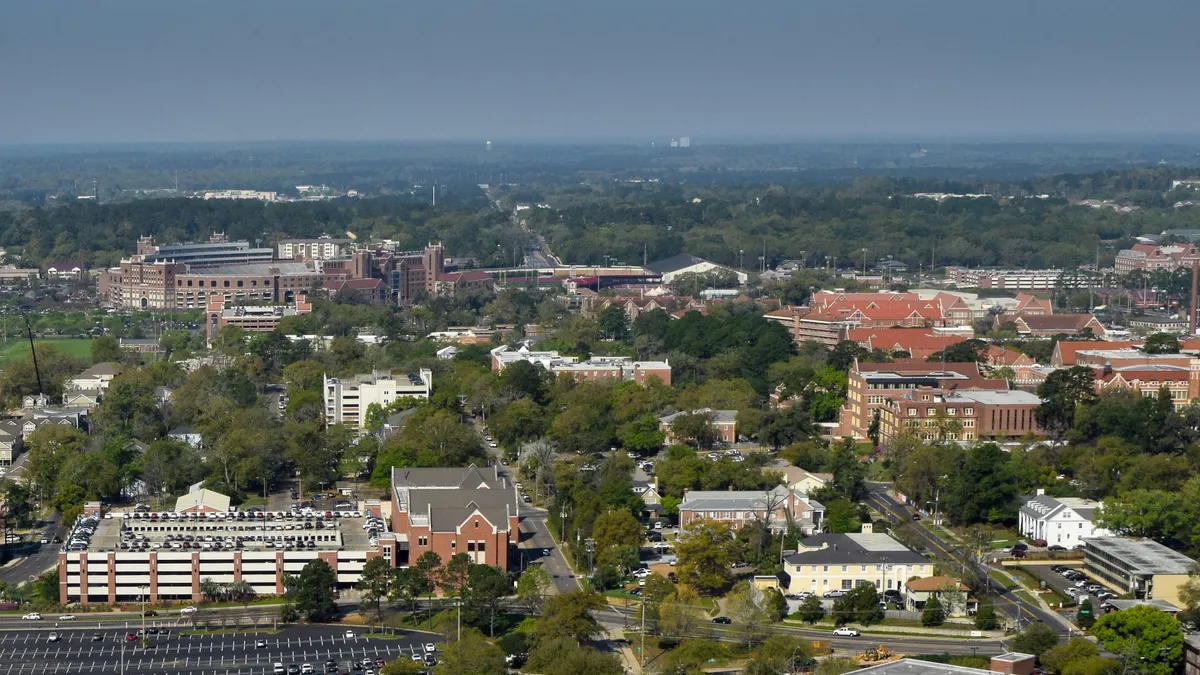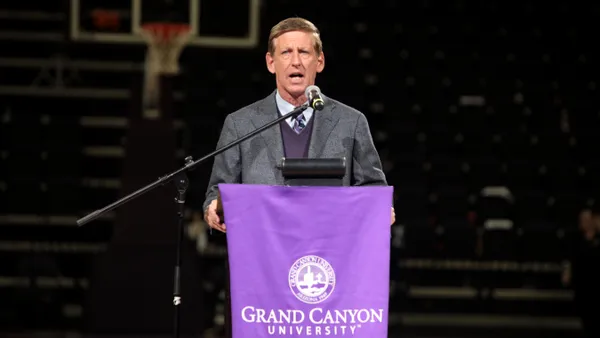Dive Brief:
- The number of international students at U.S. colleges and universities is on the decline due to a combination of factors including a drop-off in scholarships from their home countries, the rising profile of programs at institutions outside the U.S. and tougher visa and immigration policies, the Pew Charitable Trusts' Stateline reported.
- The number of student visas issued peaked in 2015, before dropping by 40% to 393,573 in 2017.
- As public colleges struggle to make up for dwindling state funding, tuition paid by international students (who typically are charged more their American peers) is becoming increasingly important. Flagship state universities are largely insulated against this trend, though it can lead to less funding available for scholarships.
Dive Insight:
As the Trump administration continues its crackdown on immigration, colleges and universities must be aware of its impact on current and prospective international students. Brad Farnsworth, vice president of the American Council on Education's Center for Internationalization and Global Engagement, wrote in Higher Education Today last month that while institutions can't change the law, they can create a better experience for these students.
He mentions using colloquial-free language, assigning shorter readings, posting discussion questions in advance, creating inclusive learning and social environments and helping students understand the U.S. health care system as examples of ways to do so.
Some institutions are lowering tuition rates as a way to draw international students. For example, to aid efforts to double its international student population from 800 last year by 2022, Eastern Michigan University this fall began charging them in-state tuition rates. Other institutions such as the Minnesota State College and University System, Minot State University and Lake Superior State University have also reduced tuition rates for international students.











